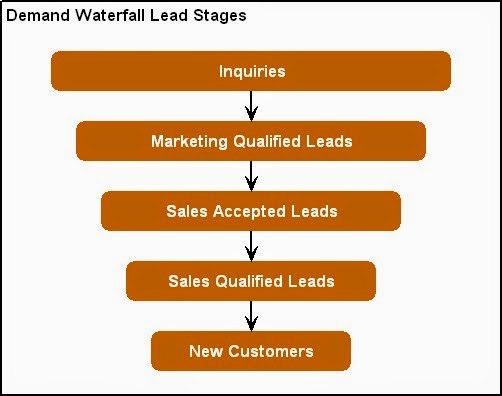Marketing leaders now recognize that the explosive pace of change in the marketing landscape has made flexibility and agility critical attributes of effective marketing. The need for adaptable and responsive marketing has caused some pundits and practitioners to question whether a long-term, strategic approach to marketing is still useful. In addition, it can be easy to argue that the growing use of agile marketing techniques eliminates the need for (or at least diminishes the value of) marketing strategy. The fundamental issue is: Is marketing strategy still necessary and valuable when the recipe for effective marketing seems to be constantly changing?
The argument that marketing strategy no longer matters goes something like this: "The future is inherently unpredictable, so why worry about a marketing strategy? Why spend the time developing a marketing strategy when competitive conditions are just going to change anyway, and there's no way to be certain that any given strategy will be relevant in the future? What companies should do is focus on reacting quickly to changes as they occur."
On the surface, this argument sounds reasonable, but it is deeply flawed. The reality is, increased volatility, uncertainty, and complexity make marketing strategy more, not less, important. Many marketers find the argument appealing because they confuse marketing strategy with marketing plans.
Marketing Plans Focus on Tactics
Over the past twenty-five years, I've reviewed dozens of marketing plans, and I've found that they inevitably emphasize marketing tactics, specifically marketing communication tactics. For example, a marketing plan will typically describe where and how much TV, radio, and print advertising will be used, what direct marketing campaigns will be run, and how marketers plan to leverage social media marketing. In B2B companies, the marketing plan will also identify the trade shows and other events the company will participate in. In short, marketing plans talk a lot about marketing tactics, but give little attention to marketing strategy.
Marketing Strategy Deals with Different Issues
Strategy has been defined in a multitude of ways over the years. Roger Martin, former Dean of the Rotman School of Management and co-author of Playing to Win: How Strategy Really Works, provides a definition that captures the essence of strategy pretty well. In his book, Martin says that strategy is a set of choices that provide the answers to five questions:
- What is our winning aspiration (what does success look like)?
- Where will we play (what kinds of organizations and/or individuals will we seek to serve, what products and/or services will we offer, and where, geographically, will we compete)?
- How will we win (how will we create value for our customers)?
- What capabilities need to be in place?
- What management systems must be instituted?
These five questions relate to overall business strategy, but with a few slight modifications, they can easily be used to define the essential components of marketing strategy.
Strategy and Tactics Have Different Shelf Lives
It should be obvious that marketing strategy and marketing tactics deal with very different issues. Just as important, marketers must remember that strategy and tactics have different shelf lives.
Marketing strategy focuses (or should focus) primarily on what kinds of organizations or people your company will seek to serve and on how you will create value for those customers. These choices do not change all that frequently, even in today's volatile environment. Marketing tactics, on the other hand, can and should be constantly adapted to address changing buyer interests, concerns, and communication preferences. The tactics that work well today, may be far less effective in a few weeks or months.
Marketing strategy guides and provides the context for your tactical marketing activities. That makes marketing strategy vital for effective marketing. Marketing tactics must be constantly tweaked in response to future conditions that are inherently unpredictable. That makes marketing plans that extend for more than a few weeks into the future almost worthless.





